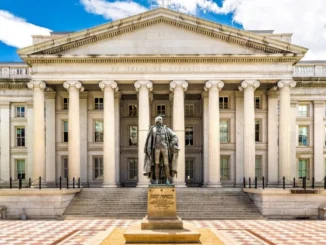
Two straight weeks of mortgage rate declines helped spur consumer demand, according to the latest figures from the Mortgage Bankers Association.
For the week that ended June 9, mortgage applications climbed 7.2% from the prior week. It can partly be explained by the 30-year fixed rate decreasing to 6.77% during roughly the same period.
“Mortgage applications were up over the week, but remained well below levels from a year ago,” said Joel Kan, MBA’s vice president and deputy chief economist. “Rates that are still more than a percentage point higher than a year ago, and low for-sale inventory continue to constrain homebuying activity in many markets.”
After 10 steady rate increases by the Federal Reserve, the FOMC is expected to pause hikes at its meeting today. The annual CPI decelerated to 4% in May, the slowest it has been since March 2021.
The MBA data showed that the average 30-year fixed rate for conforming loans ($726,200 or less) decreased to 6.77% last week from 6.81% the previous week. For jumbo loan balances (greater than $726,200), the rate jumped to 6.79% from 6.74% in the same period, according to the MBA.
However, at Mortgage News Daily, mortgage rates were higher on Wednesday morning, at 6.98%.
Refinancing applications increased 6% last week compared to the previous week and were 41% lower than the same week one year ago. However, the refinance share of mortgage activity remained unchanged at 27.3% of total applications. Meanwhile, the purchase index increased by 17% from one week earlier and was 27% lower than last year’s level on an unadjusted seasonal basis.
“Refinance applications accounted for less than a third of all applications and remained more than 40% behind last year’s pace,” added Kan. “Elevated rates have reduced the benefit of a rate/term refinance for many borrowers and continue to discourage cash-out refinances as borrowers are unwilling to give up their lower rates.”
Regarding loan types, the adjustable-rate mortgage (ARM) share of mortgage apps decreased to 6.5% of total applications, the MBA data shows.
The Federal Housing Administration loans’ share decreased to 13.0% from 13.2% the week prior. The U.S. Department of Veteran Affairs loans’ share increased to 12.6% from 12.5% the week prior. And the U.S. Department of Agriculture loans’ share increased one basis point to 0.5% of the total applications.



